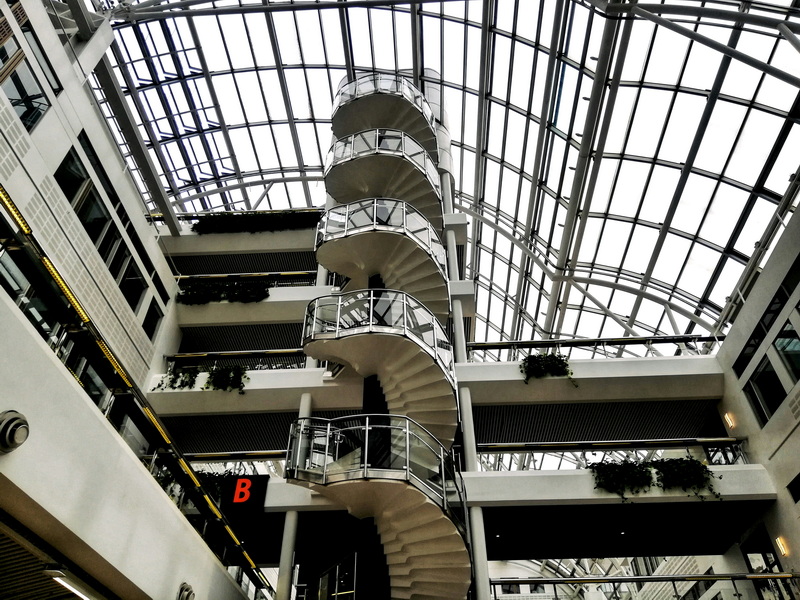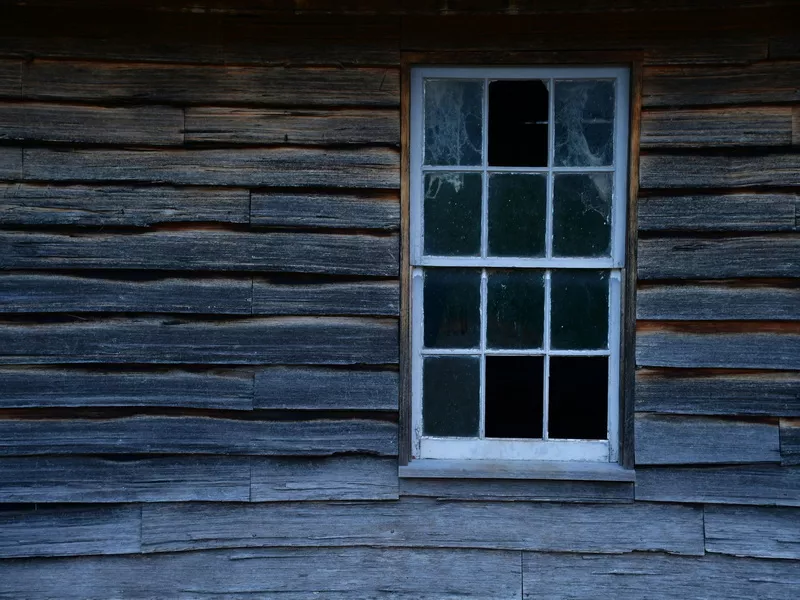English 




Views: 222 Author: Astin Publish Time: 2025-02-15 Origin: Site



Content Menu
● Characteristics of Vinyl Windows
>> Durability
>> Maintenance
● Characteristics of Aluminum Windows
>> Durability
>> Maintenance
● Detailed Comparison: Vinyl vs. Aluminum
>> Installation Considerations
● FAQ
>> 1. What are the main differences between vinyl and aluminum windows?
>> 2. How long do vinyl windows last?
>> 3. Are aluminum windows energy efficient?
>> 4. Do I need to paint vinyl windows?
>> 5. Which type of window is more affordable?
When it comes to selecting windows for your home, the choice between vinyl and aluminum can significantly impact aesthetics, energy efficiency, and maintenance. Both materials have their unique advantages and disadvantages, making it essential to understand their differences to make an informed decision. This article will explore the characteristics of vinyl and aluminum windows, comparing their durability, maintenance requirements, energy efficiency, cost, and design options. We'll also delve into factors like environmental impact and installation considerations to provide a comprehensive guide.

Vinyl windows are primarily made from polyvinyl chloride (PVC), a synthetic material known for its durability and low maintenance. Here are some key features:
Vinyl windows are highly resistant to moisture, rot, and pests. They do not warp or fade over time, even in extreme weather conditions. This makes them an excellent choice for coastal areas or regions with high humidity. Unlike wood, vinyl won't succumb to water damage, ensuring a longer lifespan and less need for frequent replacements. With proper care, vinyl windows can last between 35 to 40 years, making them a long-term investment for homeowners. The inherent stability of vinyl contributes to its resistance against cracking or peeling, which is common in other window materials exposed to fluctuating temperatures.
One of the standout features of vinyl windows is their excellent insulation properties. They have low thermal conductivity, which helps maintain indoor temperatures and reduces energy consumption. This efficiency can lead to lower heating and cooling costs, making your home more comfortable year-round. The multi-chambered design often found in vinyl window frames adds an extra layer of insulation, further enhancing energy performance. By reducing heat transfer, vinyl windows help to minimize the strain on your HVAC system, contributing to significant savings on utility bills. They often meet or exceed ENERGY STAR standards, ensuring that they meet stringent energy-saving criteria.
Vinyl windows require minimal upkeep. They do not need painting or staining, which saves homeowners time and money. This is particularly beneficial for homeowners who prefer a low-maintenance lifestyle. Cleaning them is straightforward; a simple wash with soap and water is usually sufficient. The smooth, non-porous surface of vinyl prevents dirt and grime from adhering, making cleaning quick and easy. Regular maintenance might involve checking for any sealant damage and promptly repairing it to maintain their weathertight seal. Overall, the ease of maintenance is a significant advantage for busy homeowners.
Vinyl windows come in various colors and styles, allowing homeowners to customize their appearance to match their home’s architecture. You can find them in classic white, neutral tones, or even with wood-grain finishes to mimic the appearance of natural wood. Styles range from double-hung and casement to sliding and picture windows, providing ample choices for any architectural design. However, color options may be limited compared to aluminum, and darker colors may be prone to fading in direct sunlight over time. Advancements in vinyl manufacturing have improved color retention, but it’s still a factor to consider.
Aluminum windows are made from a strong metal that offers several advantages:
Aluminum is known for its exceptional strength and resistance to harsh weather conditions. It does not rust or corrode easily, making it suitable for various climates, including coastal regions where salt air can damage other materials. Aluminum windows can withstand strong winds and impacts, making them a secure option for homes in areas prone to storms. While aluminum is highly durable, it is essential to choose a finish that resists fading and scratching to maintain their appearance over time. Aluminum windows can last between 20 to 25 years with proper maintenance.
While aluminum windows traditionally have lower insulation properties than vinyl, they can be enhanced with thermal breaks to improve energy efficiency. Thermal breaks are typically made of less conductive materials like plastic or rubber, inserted between the inner and outer aluminum frames to reduce heat transfer. However, even with thermal breaks, they generally do not match the insulating capabilities of vinyl windows. The high thermal conductivity of aluminum means that it can easily transfer heat, making it less effective at keeping your home comfortable without additional insulation measures. In colder climates, condensation can also be an issue with aluminum windows, requiring additional preventative measures.
Aluminum frames may require periodic maintenance such as repainting or touch-ups to maintain their appearance. Over time, the finish on aluminum windows can fade or become scratched, necessitating occasional refinishing. Lubricating moving parts is also necessary to ensure smooth operation. Regular cleaning with mild soap and water can help prevent the build-up of dirt and grime. Proper maintenance ensures that aluminum windows retain their structural integrity and aesthetic appeal.
Aluminum offers greater design flexibility than vinyl. It can be manufactured in various shapes and sizes with thinner frames that allow for larger panes of glass. This feature enhances natural light in homes and provides a modern aesthetic. Aluminum windows can be customized with a wide range of colors and finishes, including anodized and powder-coated options. The strength of aluminum allows for slender frame designs, providing a sleek and contemporary look. This makes them popular for modern architectural styles and commercial buildings.

Let's delve deeper into the key comparisons to help you make an informed decision:
Initially, vinyl windows tend to be more affordable than aluminum windows. The lower material cost and simpler manufacturing process contribute to this price difference. However, long-term costs should also be considered. Vinyl windows typically require less maintenance and offer better energy efficiency, potentially leading to lower utility bills over time. Aluminum windows, while potentially more expensive upfront, may require occasional repainting and could result in higher energy consumption if they lack adequate thermal breaks. Therefore, a comprehensive cost analysis should factor in both initial expenses and long-term operational costs.
From an environmental perspective, both materials have their pros and cons. Vinyl production can involve the release of harmful chemicals, but modern manufacturing processes are becoming more environmentally friendly. Vinyl is also recyclable, although the recycling infrastructure for vinyl windows is not as well-established as it is for aluminum. Aluminum is highly recyclable, and recycled aluminum requires significantly less energy to produce than virgin aluminum. However, the initial production of aluminum can be energy-intensive. The choice between the two often depends on the specific manufacturing processes and end-of-life management practices.
The aesthetic appeal of windows is a subjective matter, but there are objective differences to consider. Aluminum windows often offer a sleek, modern look with thinner frames and larger glass areas. This can be particularly appealing for contemporary designs and homes that emphasize natural light. Vinyl windows, while available in a variety of styles, may not always achieve the same level of sleekness. However, vinyl windows can be designed to mimic the appearance of wood, offering a more traditional aesthetic. Ultimately, the best choice depends on the overall architectural style of the home and the homeowner's personal preferences.
The installation process for both vinyl and aluminum windows is relatively similar, but there are some nuances. Proper installation is crucial for ensuring optimal performance and longevity. Both types of windows should be installed by experienced professionals who can ensure a weathertight seal and proper alignment. Aluminum windows, due to their strength, may require specialized tools and techniques for installation. Vinyl windows are generally lighter and easier to handle, but care must be taken to avoid damaging the frames during installation. Regardless of the material, a professional installation is essential for maximizing the benefits of your new windows.
Choosing between vinyl and aluminum windows depends on your specific needs and preferences. If you prioritize energy efficiency, low maintenance, and long lifespan, vinyl windows may be the best option for you. Conversely, if you seek strength, design flexibility, and modern aesthetics, aluminum windows might be more suitable.
Consider factors such as climate conditions in your area, budget constraints, and personal aesthetic preferences when making your decision. Consulting with a window professional can also provide valuable insights and help you choose the best option for your home. Remember to evaluate the long-term benefits, including energy savings and maintenance costs, to make a well-informed choice that enhances the comfort, value, and appearance of your home.

Vinyl windows are made from PVC and offer better insulation and lower maintenance compared to aluminum windows which are stronger but require more upkeep. Vinyl windows are also generally more affordable upfront, but aluminum windows offer greater design flexibility and a modern aesthetic.
With proper care, vinyl windows can last between 35 to 40 years. Their resistance to moisture, rot, and pests contributes to their long lifespan.
Aluminum windows can be energy efficient if equipped with thermal breaks but generally do not match the insulation level of vinyl windows. Without thermal breaks, aluminum windows are less effective at preventing heat transfer.
No, vinyl windows do not require painting or staining as they are resistant to fading. This makes them a low-maintenance option for homeowners.
Vinyl windows are generally more affordable than aluminum windows both in terms of initial cost and maintenance expenses. However, the total cost of ownership should consider energy savings and potential maintenance needs over the window's lifespan.
Top Aluminum Furnitures Manufacturers and Suppliers in Czech Republic
Top Aluminum Furnitures Manufacturers and Suppliers in Poland
Top Aluminum Furnitures Manufacturers and Suppliers in Belgium
Top Aluminum Furnitures Manufacturers and Suppliers in Finland
Top Aluminum Furnitures Manufacturers and Suppliers in Denmark
Top Aluminum Furnitures Manufacturers and Suppliers in Greece
Top Aluminum Furnitures Manufacturers and Suppliers in Portugal
Top Aluminum Furnitures Manufacturers and Suppliers in Austria
Top Aluminum Furnitures Manufacturers and Suppliers in Norway
Top Aluminum Furnitures Manufacturers and Suppliers in Sweden
